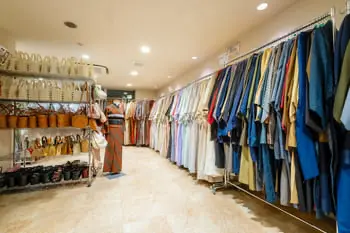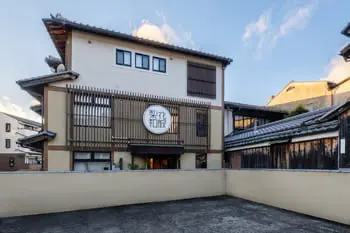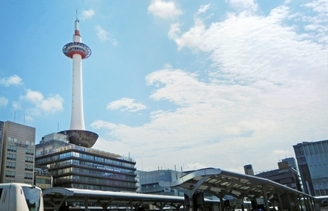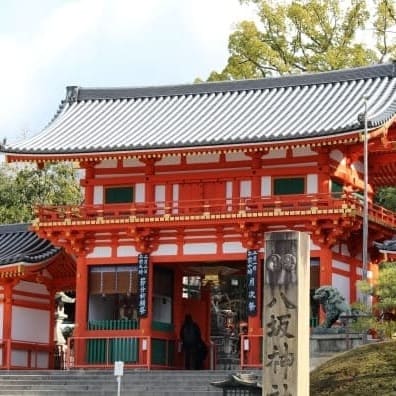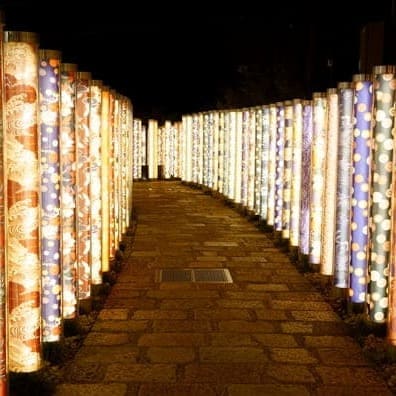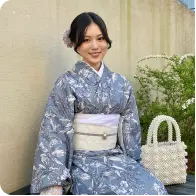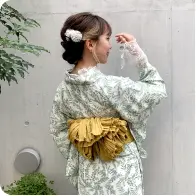Troubleshooting when renting a kimono in Kyoto

When you’ve rented a kimono in Kyoto, you want t enjoy your time without worries, right? But unexpected things can happen during a trip.
In this article, we’ll cover eight emergency measures to consider when renting a kimono.
※Supervised by: Kyoto Kimono Rental Rikawafuku (Operated by TripFarm Corporation)
- 1. Unexpected Menstruation During Kimono Rental
- 2. Problems with Zori Sandals During Kimono Rental
- 3. Tips for Using the Restroom in a Kimono
- 4. Dealing with Uncomfortable Kimono Waist Ties
- 5. Collar Slippage in a Kimono
- 6. Preventing Kimono Dishevelment with Graceful Posture
- 7. How to Walk in a Kimono
- 8. Things to Note When Eating in a Kimono
- 9. How to Sit in a Kimono
Unexpected Menstruation During Kimono Rental
First, let’s talk about the unexpected onset of menstruation.
It’s frustrating when your carefully planned schedule is disrupted, but these things happen.
At Kyoto Kimono Rental Rikawafuku, we sometimes receive inquiries about this.
You might be concerned about staining the kimono or the kimono getting disheveled, but don’t worry!
Think of it as a time when you must wear light-colored underwear. We recommend using tampons, sanitary napkins, and period panties. As a last resort, consider adult diapers with a low-rise fit.
For the most concerning issue of stains, use tampons, sanitary napkins, and period panties. These items are readily available at convenience stores and drugstores.
If you’re still worried, use a combination of tampons, regular sanitary napkins, and period panties. Long period panties are also available, which won’t show lines under the kimono and are handy for summer yukata too!
If you’re very concerned, you could use adult diapers. Low-rise types designed for pants can be used under a kimono in an emergency.
But, be careful not to overdo it, as too much protection can make movement difficult and increase the hassle in the bathroom.
Plan your bathroom breaks with some extra time in mind to stay worry-free.
Problems with Zori Sandals During Kimono Rental
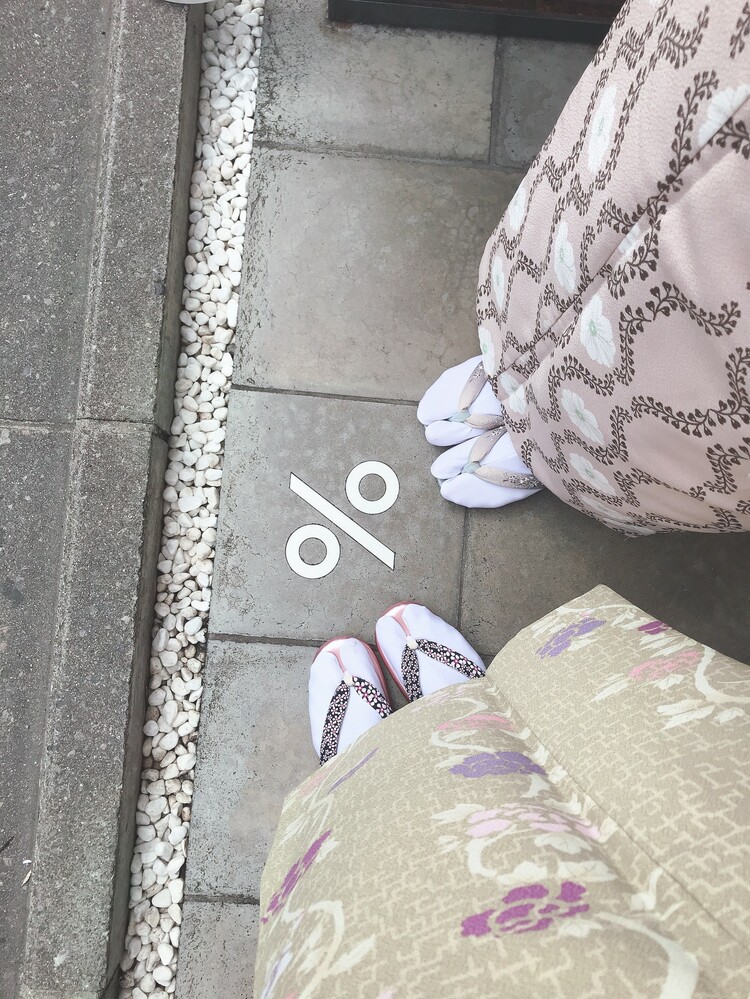
Geta and zori sandals have few points of contact with the feet, so it’s easy to overlook potential problems, but they can unexpectedly make walking difficult.
The issue is “thong chafing.” The areas at risk are threefold: between the toes where the thong passes, and on the big toe and little toe sides of the foot. This is caused by “unfamiliarity with wearing them” and “rigid thongs.”
First, the unfamiliarity. You might have experienced thong chafing with flip-flops in the summer.
You’ll gradually get used to them as you wear them more often.
Geta are worn barefoot, so they can cause thong chafing just like flip-flops.
If it starts hurting, try shifting your foot position to avoid the painful area.
Applying Vaseline or baby powder to the thong is another idea.
However, at the beginning of summer, band-aids might be essential with geta.
In the case of zori, wearing tabi socks usually prevents wounds. But if the zori are new, the thong might still be stiff and the fit tight.
In that case, gently pull up the thong to create more space.
Tips for Using the Restroom in a Kimono
This can be a tense moment. Make sure to give yourself plenty of time.
We don’t recommend using a traditional Japanese-style toilet while in a kimono; look for a Western-style one you’re accustomed to.
If possible, choose a spacious stall and take your time.
First, tuck your sleeves between the obi (sash) and the kimono.
Once you’re used to it, you can also wrap them from the inside to the outside around your arms. Then, lift up the hem.
Lift the kimono first on the left, then right, followed by the nagajuban (under-kimono) on the left and right, and finally the hadajuban (undergarment) on the left and right, in that order. Be sure to neatly tuck everything up.
Ensure that the back doesn’t fall down as you lift it up.
Once everything is nicely lifted, it’s just like wearing a long coat over a long skirt, so no need to rush.
We recommend preparing low-rise underwear for easy access.
Afterwards, just reverse the process to get everything back in place.
You won’t have to worry about the kimono getting disheveled since you’re only moving the part below the obi.
Make sure to smooth out any wrinkles from your underwear to the kimono.
Once everything is back in place, don’t forget to check your obiage (sash scarf).
In front of the mirror, also check your obi. Especially when wearing an “otaiko” knot, the “tare” part may stick up.
Dealing with Uncomfortable Kimono Waist Ties
The ties used in kimono dressing can become uncomfortable later on. The thin ties holding the nagajuban or kimono in place can especially be painful due to the knot.
Since discomfort can increase over time, be careful not to tie them too tightly during the dressing process.
If it’s a tie under the obi, loosening it a bit is fine since the obi will hold it in place.
Try shifting the knot’s position up or down, or tucking it under the obiage. However, be careful not to loosen the waist tie too much.
If it loosens, the hem may fall or open, making it difficult to adjust by yourself.
Collar Slippage in a Kimono

A neat kimono appearance greatly depends on the collar. Have you ever found yourself constantly checking and accidentally messing it up more?
For times when “the collar opens up,” there are some emergency fixes you can try, both for the under-kimono (nagajuban) and the kimono itself.
For the “nagajuban,” pull from the back and secure the collar, then wrap the left and right sides of the nagajuban around your body. Collar slippage often occurs due to the way the nagajuban is worn. It’s important to cover the chest properly with the collar of the nagajuban.
For the “kimono,” adjust the slack in the collar by pulling down the ohashori (excess fabric tucked under the obi). Gently insert your fingers under the obi on either side and pull the collar ends.
Preventing Kimono Dishevelment with Graceful Posture

Heading out in a kimono rented from Kimono Rental Kyoto makes you stand out in the city. Why not embrace beautiful manners and postures to impress others and also prevent your kimono from getting disheveled?
What’s surprising when wearing a kimono is how different the body movements are from wearing Western clothes. But using kimono movements in everyday life can add elegance and femininity to your actions.
How to Walk in a Kimono

When thinking about walking in a kimono, you might picture “slightly pigeon-toed.” But this is a common misconception.
There’s no need to walk pigeon-toed; just “walk with your legs straight.” The trick is to move only below the knees. This way, you can walk smoothly without bouncing, resulting in a smart appearance.
Things to Note When Eating in a Kimono
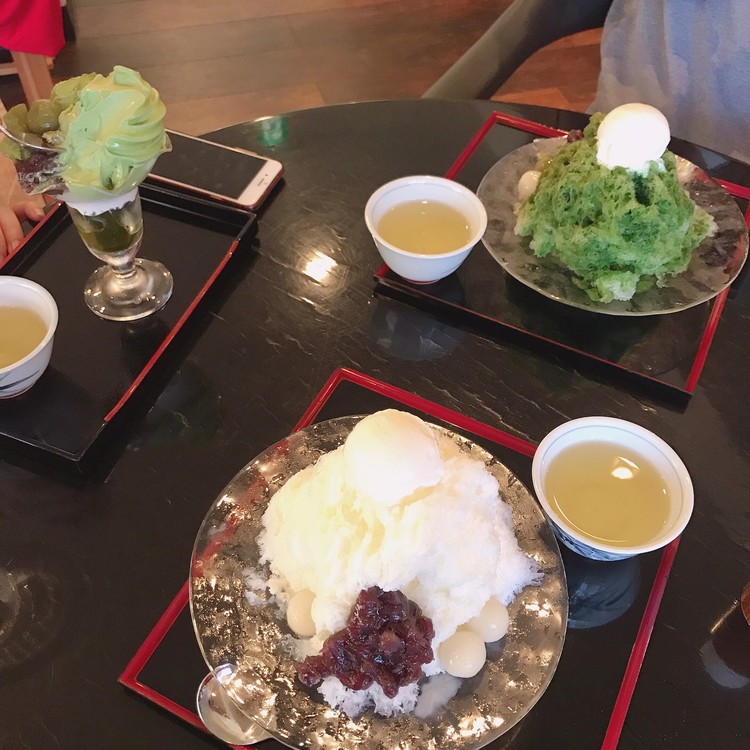
The biggest concern is not staining the collar or obi. If you’re not used to wearing a kimono, tuck a napkin into your collar and cover the obi completely.
Traditionally, a napkin should be placed on your lap, so this is technically a breach of etiquette. However, it’s pointless if you can’t enjoy your meal because you’re worried.
Unless you’re in front of someone important or need to impress, it might be okay to relax this rule.
Choosing dishes with less liquid can help you eat without worrying about splatters. Another thing to watch out for is the sleeves. In a kimono, it’s not very elegant to have your arms extend too much from the sleeves.
A leeway of about 5 cm from the wrist is acceptable. If your arms are likely to extend more, it’s safer to be cautious. When reaching for something on the table, gently touch the sleeve opening with the opposite hand. Even if your arm extends, this gesture turns it into a beautiful movement.
How to Sit in a Kimono
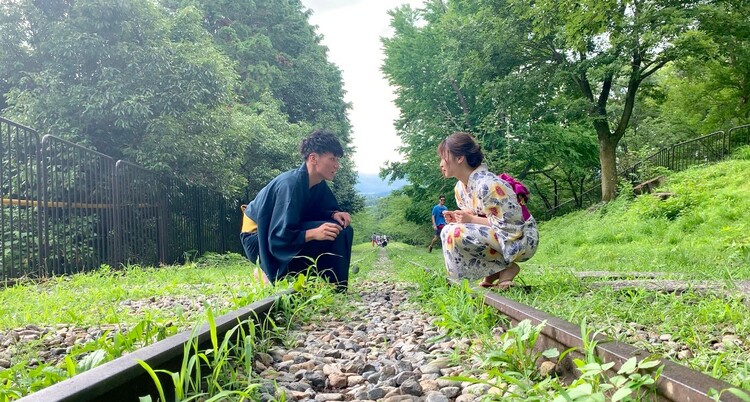
When sitting in a kimono, keeping your thighs closed creates a beautiful posture. This applies to sitting in a chair as well. Approach the chair from the back, align your feet, and slowly lower yourself down. The same basic principle applies when sitting sideways in a chair, like getting into a car. Sit sideways, align your feet, and lower your hips, then lift your feet and turn your body around to complete the action.
The key is to lower your hips first, a movement that can also be elegant in Western clothes. After sitting and then standing up, don’t forget to check your obi and ohashori. The obi, especially with “otaiko” knot, may have the “tare” part sticking out on top. The ohashori may also get wrinkled, so subtly adjust them by hand.
Author of this article
Kyoto Kimono Rental Rika Wafuku operates four kimono rental shops in Kyoto city, including locations in Arashiyama, Gion, Kiyomizu Temple, and in front of Kyoto Station. In 2022, they served over 180,000 customers in the Kyoto area!
They offer affordable plans, with a kimono dressing plan starting from 3,500 yen, and a hair setting plan from 5,500 yen.
Close to popular tourist spots such as Togetsukyo Bridge, Kiyomizu Temple, Yasaka Koshindo, and Yasaka Shrine!
Kyoto Kimono Rental Rika Wafuku
Kimono Rental Rika Wafuku Gion Store
Kimono Rental Rika Wafuku Arashiyama Store
Kimono Rental Rika Wafuku Kiyomizu Temple Store
Kimono Rental Rika Wafuku Kyoto Station Front Store

